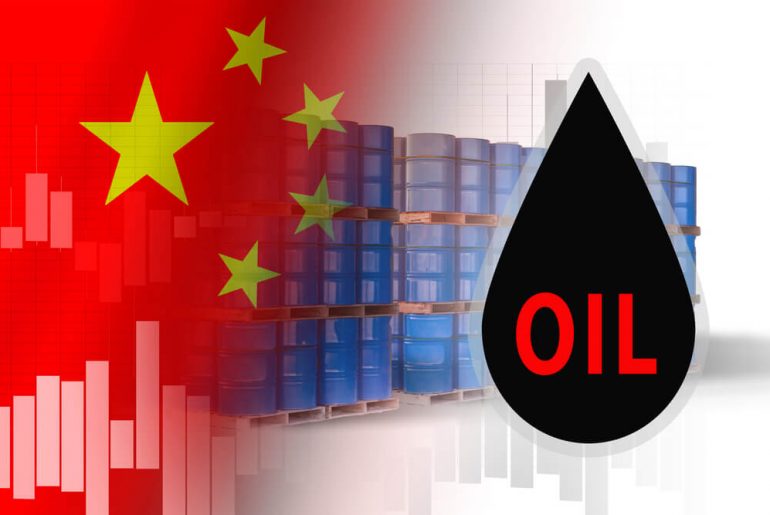Recently, oil prices have been fluctuating due to the assessment of China’s efforts to stimulate the economy and expectations from the Federal Reserve (Fed). While West Texas Intermediate oil initially dropped by 0.6%, it later rose above the $71 per barrel mark. However, there remains uncertainty regarding the effectiveness of China’s measures.
Despite the Fed keeping interest rates unchanged last week, policymakers forecast further growth in the second half of the year to combat rising inflation and achieve their goals.
Excessive oil supply, including deliveries from Russia, and China’s departure from its strict “zero-COVID tolerance” policy have led to a significant decrease in oil prices. In response, the Organization of the Petroleum Exporting Countries (OPEC) and its allies have announced supply cuts, including voluntary reductions from Saudi Arabia starting in July.
Analysts predict the stabilization of China’s economy in the second half of the year following the implementation of stimulus measures. Wang Huning, a high-ranking Communist Party official, emphasized the importance of increasing consumption in the country.





